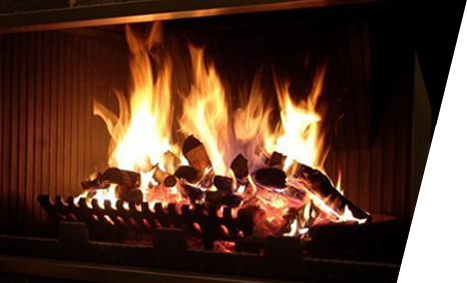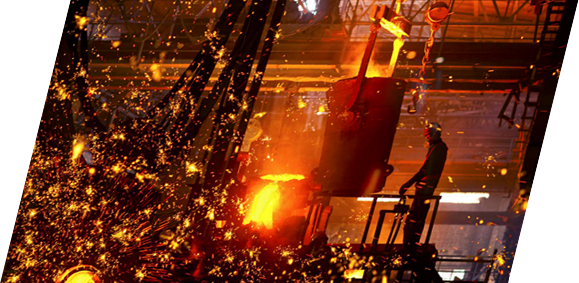Contact Us
Tel:0086-574-66219838
Fax:0086-574-62637985
Post Code: 315400
Contact: Weng Keqing
Telephone:13429261888
E-mail:feida@fideksealing.com

Home / News / Industry News / How to increase the dipped thickness of glass fiber cloth
How to increase the dipped thickness of glass fiber cloth
Date:20-03-25
The material of glass is mainly composed of three parts: basic raw materials, flux and colorant, and also includes decolorant, clarifier and etchant.
* Basic ingredients for glass making
Silica is the most important raw material for glass making. The reserve of silica on the earth is very large. Silica is the main raw material of stone and the most important raw material for making glass. The silicon content of various stones The amount is different. These materials are the most common in our lives.Fiberglass round rope
* Flux
The melting point of silica is very high, and it is very limited to achieve this honor. The ancients tried to add some other substances to it, and its melting temperature became lower. In addition, the silica melted. The time is very abrupt, during the heating process, there is no gradual softening of the filter transition stage, and after blending into some other substances, the glass can be used in various glory states at different temperatures, powerful shaping operations and effective shaping. This substance is to help Flux.
Fluxes are usually raw materials containing materials such as sodium oxide, potassium oxide, lead oxide, calcium oxide, barium oxide, such as limestone, feldspar, soda ash, boric acid, lead compounds, and barium compounds. (Sodium oxide can reduce the viscosity in glass formation, Makes the glass easy to melt and plays a good fluxing role; Barium oxide plays a basic role with sodium oxide in the formation of glass; Tin oxide can increase the chemical stability and mechanical strength of glass; Lead oxide can increase the density and improve It snakes and has a special luster; lead can make the glass have a large refractive index to light and a small scattering rate, making the glass more shiny and stable.
* Clarifier
During the glass making process, there will be some bubbles, and the clarifier is used to reduce these bubbles. The main commonly used are arsenic oxide, antimony oxide and nitrate salts.
* Etching agent
In the production of glass, according to the requirements of the work, the artist makes the glass opaque, and the glass is opaque. It is the etchant. It can make the glass produce crystalline or non-fixed colloidal particles, which have different refractive indices from the glass itself. Will produce opaque effect. Commonly used etchants are tin oxide, antimony oxide and phosphate.
* Decolorant
The head colorant is mainly used to eliminate the undesired color brought by the impurities in the raw material to the glass, making the glass city county colorless and transparent. There are mainly two types of chemical decolorants and physical decolorants. Oxidation discoloration mainly includes sodium nitrate and potassium nitrate. Physical decolorants make the glass colorless by generating complementary colors, mainly manganese dioxide, selenium and cobalt oxide, and bromine oxide.





